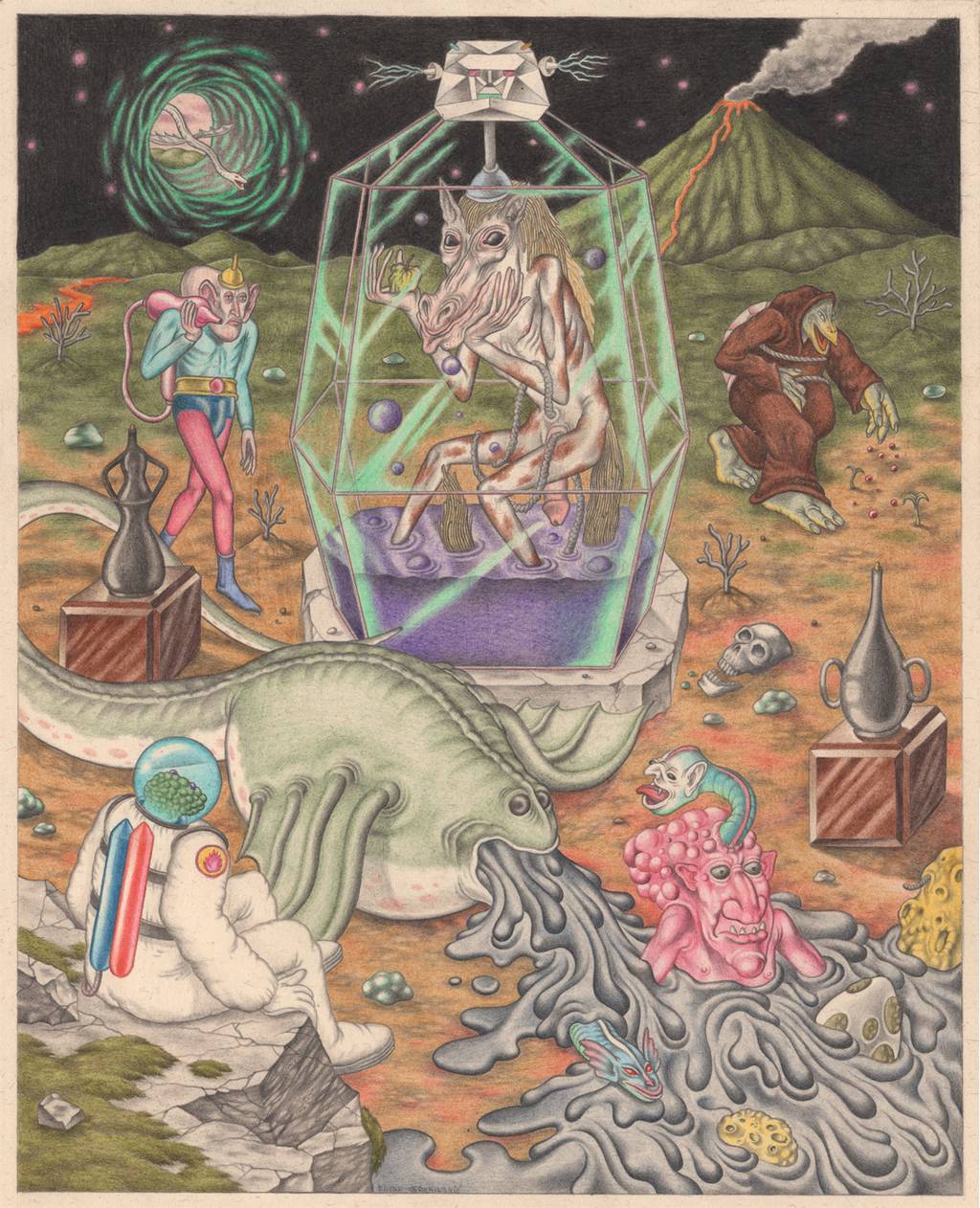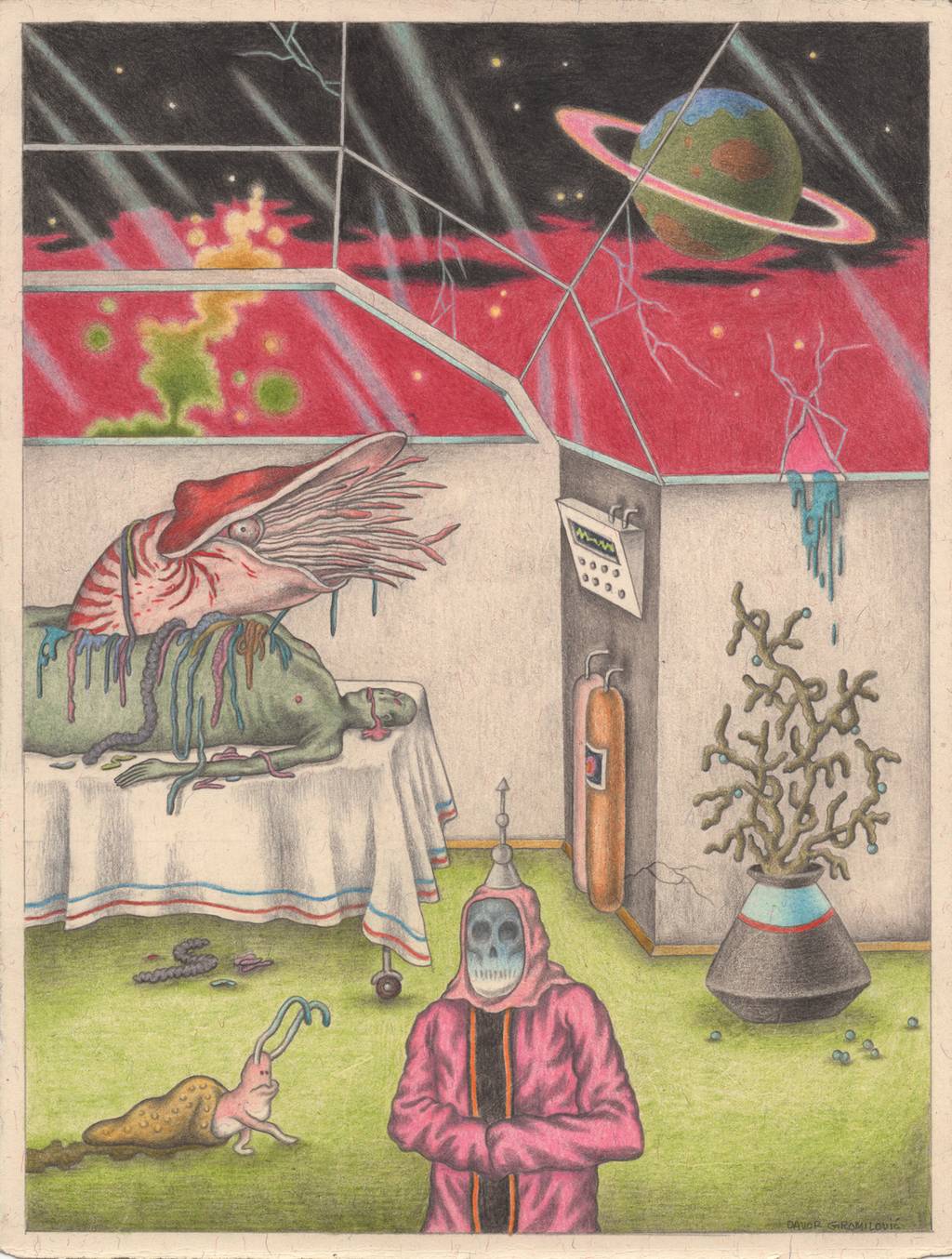What would you like to do if money were no object?
Listen to Alan Watts
August 19th, 2019
"Let’s suppose, I do this often in vocational guidance of students, they come to me and say, well, 'we’re getting out of college and we have the faintest idea what we want to do'. So I always ask the question, 'what would you like to do if money were no object? How would you really enjoy spending your life?'
Well, it’s so amazing as a result of our kind of educational system, crowds of students say well, we’d like to be painters, we’d like to be poets, we’d like to be writers, but as everybody knows you can’t earn any money that way. Or another person says well, I’d like to live an out-of-doors life and ride horses. I said you want to teach in a riding school? Let’s go through with it. What do you want to do? When we finally got down to something, which the individual says he really wants to do, I will say to him, you do that and forget the money, because, if you say that getting the money is the most important thing, you will spend your life completely wasting your time. You’ll be doing things you don’t like doing in order to go on living, that is to go on doing things you don’t like doing, which is stupid. Better to have a short life that is full of what you like doing than a long life spent in a miserable way. And after all, if you do really like what you’re doing, it doesn’t matter what it is, you can eventually turn it – you could eventually become a master of it. It’s the only way to become a master of something, to be really with it. And then you’ll be able to get a good fee for whatever it is. So don’t worry too much. That’s everybody is – somebody is interested in everything, anything you can be interested in, you will find others will. But it’s absolutely stupid to spend your time doing things you don’t like, in order to go on spending things you don’t like, doing things you don’t like and to teach our children to follow in the same track. See what we are doing, is we’re bringing up children and educating to live the same sort of lifes we are living. In order that they may justify themselves and find satisfaction in life by bringing up their children to bring up their children to do the same thing, so it’s all retch and no vomit. It never gets there. And so, therefore, it’s so important to consider this question: What do I desire?"
Talks and Lectures by Alan Watts
Related: I am in awe of Greta Thunbergs journey on an Open 60 sailboat.









